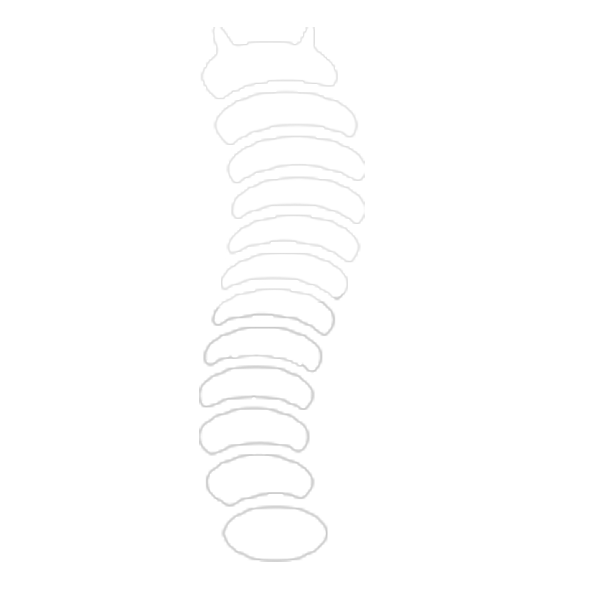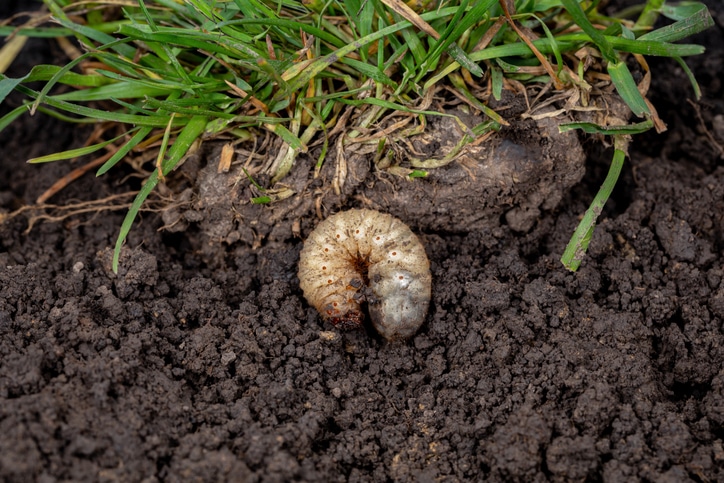Grub Problem? Here’s How to Tell
Grubs aren’t always visible, but their damage is easy to spot. Homeowners in New England should look for:
- Thinning, yellowing, or dead patches of grass
- Spongy turf that pulls up easily, like new sod
- Irregular drought-like patches despite regular watering
- Increased wildlife activity digging in your yard
But how do you know if it’s enough damage to warrant treatment? At Ford’s Hometown Services, we always tell customers to pull away a one-square-foot area of the damaged grass. If you find any grubs, it’s time to call in the experts for professional grub control.
Grub Control: Timing is Everything
Understanding the grub lifecycle can help you fight them effectively:
- Adult beetles lay eggs in the soil, which hatch into grubs in late summer.
- Young grubs feed on grass roots through late summer and fall, then overwinter deeper in the soil.
- Grubs resume feeding in early spring before pupating in late spring.
- In early summer, adults emerge, feed on plants, and mate, starting the cycle again.

Illustration of the grub lifecycle.
Timing is key: Late summer and early fall are the best times to treat because young larvae are actively feeding near the surface. Spring control is harder as grubs are larger and move deeper into the soil.
Everything Homeowners Ask About Grubs
As one of the region's top-rated lawn care companies, our technicians often get asked about grub control. Here are some of the most common questions we get:
- What beetles are grubs? Seasons of surveying turf sites throughout Massachusetts have revealed four species of grubs to be causing most of the damage we see each year: Japanese Beetle, European Chafer, Oriental Beetle, and Asiatic Garden Beetle
- How do I identify grubs? Look for C-shaped larvae.
- Can I prevent lawn grubs? Yes, maintaining healthy turf, watering properly and applying grub control products can reduce grub populations.
- How long does grub control take to work? Professional grub treatments typically begin working within 1–2 weeks after being watered in correctly, with visible improvement in grass health over the following month.
- How quickly will my lawn recover? Recovery varies; reseeding or lawn repair may be needed after treatment.


